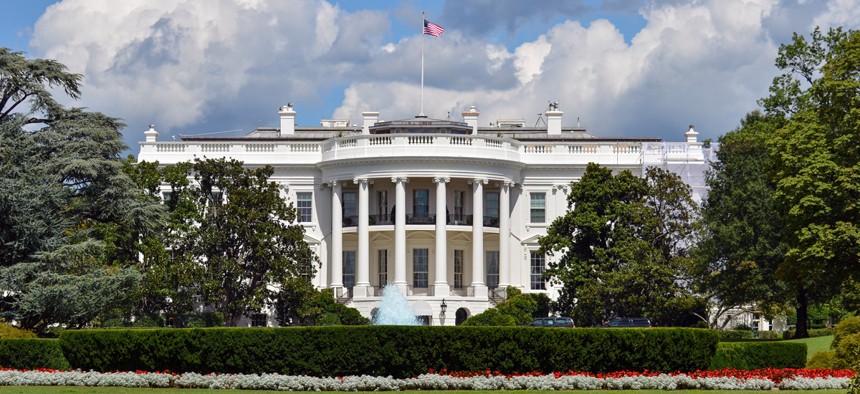Here’s Everything the White House Says It’s Done on Cyber in 2015

Orhan Cam/Shutterstock.com
The administration’s 30-day cybersecurity sprint officially wrapped up Sunday.
As news coverage of the devastating hack at the Office of Personnel Management first began intensifying last month, the White House called on agencies to complete a 30-day “cybersecurity sprint" to immediately plug security holes over the next month.
That 30-day exercise, which included replacing notoriously insecure password-only sign-ons with multifactor authentication and patching “critical” software vulnerabilities, officially wrapped up Sunday.
Some results are already being touted by the administration. Across government, the percentage of agencies using two-factor sign-on measures has increased by 20 percent within the first 10 days of the sprint alone, federal Chief Information Officer Tony Scott told reporters during a July 9 conference call.
More details about the progress agencies made during the sprint -- as well as areas that still need some work -- won’t be released until next week, officials say.
In the meantime, the White House issued a fact sheet laying out some of the steps the administration says it’s taken to bolster agencies’ cybersecurity practices, including some before the OPM hack even came to light.
Those steps include:
- Creating a dedicated cybersecurity team under the federal CIO -- called the E-Gov Cyber unit -- to oversee dot-gov network security. The unit has established a new program to scan for critical vulnerabilities on agencies’ public-facing websites.
- Planning to rapidly accelerate the deployment of the second-phase of the Department of Homeland Security-managed “continuous diagnostics and mitigation” program, which can detect unauthorized access in “near-real-time.” The program now covers 97 percent of executive branch personnel and is expected to protect more than 60 civilian agencies by the end of September.
- Expanding the “EINSTEIN 3A” intrusion-prevention system, another DHS tool, across federal agencies. The more advanced version of the EINSTEIN tool now covers 15 agencies, a 20 percent jump since last November. DHS plans to award a contract to cover all agencies with the latest version by the end of the year.
- Releasing new standards aiming to protect potentially sensitive data on systems owned by contractors and other third parties. Last month, the National Institute of Standards and Technology published guidelines for the handling of so-called “controlled unclassified” information housed by third parties.
- Taking steps to improve recruiting and hiring of cybersecurity talent in government. The Office of Management and Budget is examining gaps in the current cyber workforce and plans to outline existing special hiring authorities agencies can use to onboard additional cyber talent.
Meanwhile, later this summer, the administration plans to release a “Federal Cybersecurity Civilian Strategy” to help agencies secure their networks. The guidance will include steps for agencies to more rapidly procure security technology.
Still, the timing of the fact sheet -- released last week as OPM officials finally detailed the full scope of the massive hack of background check files at OPM -- struck some observers as a bit off.
Referring to the administration’s fact sheet, Christopher Soghoian, the American Civil Liberties Union principal technologist, tweeted, “Maybe this isn't the best time for the White House to do a cybersecurity victory lap.”
(Image via Orhan Cam/ Shutterstock.com)



